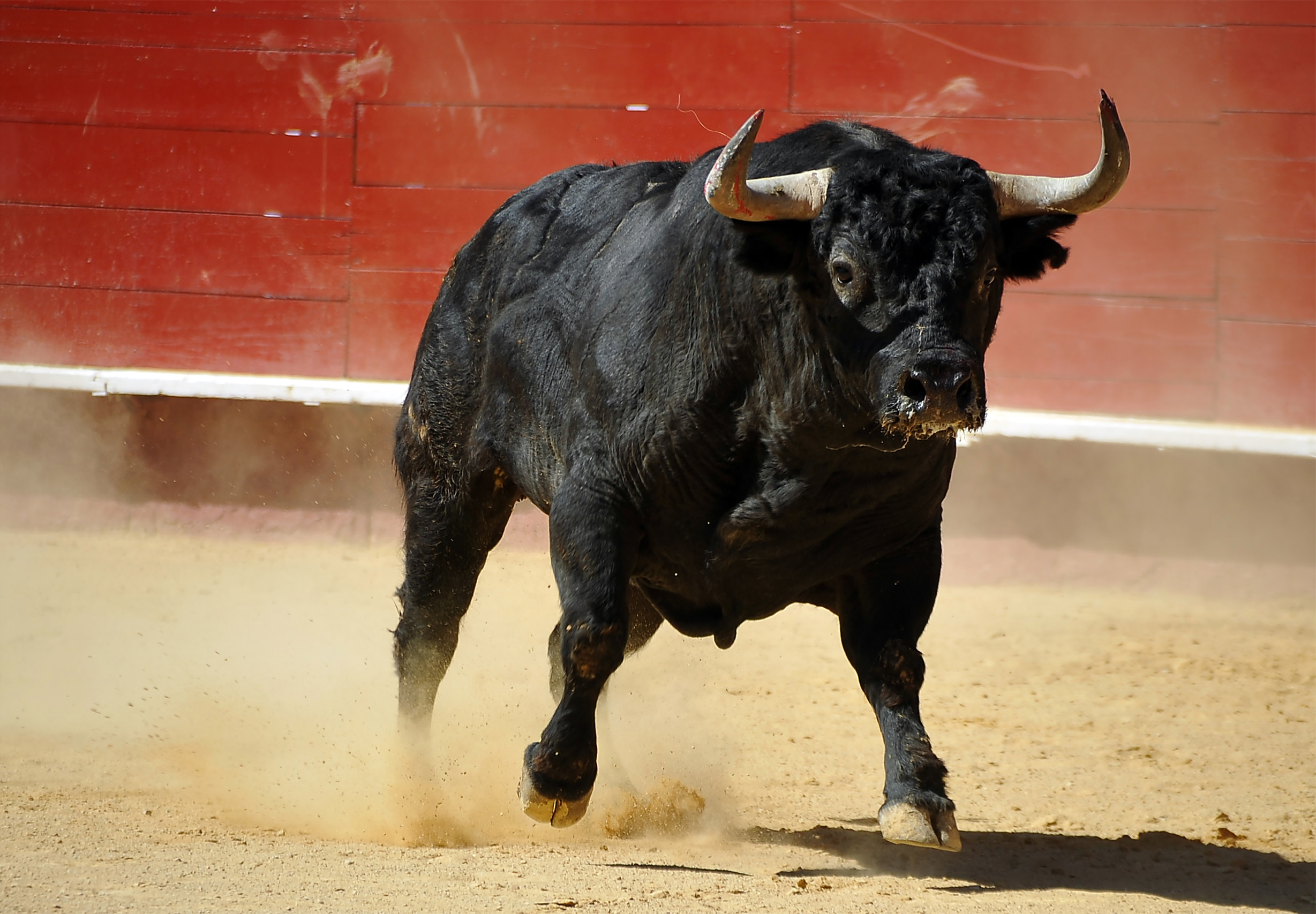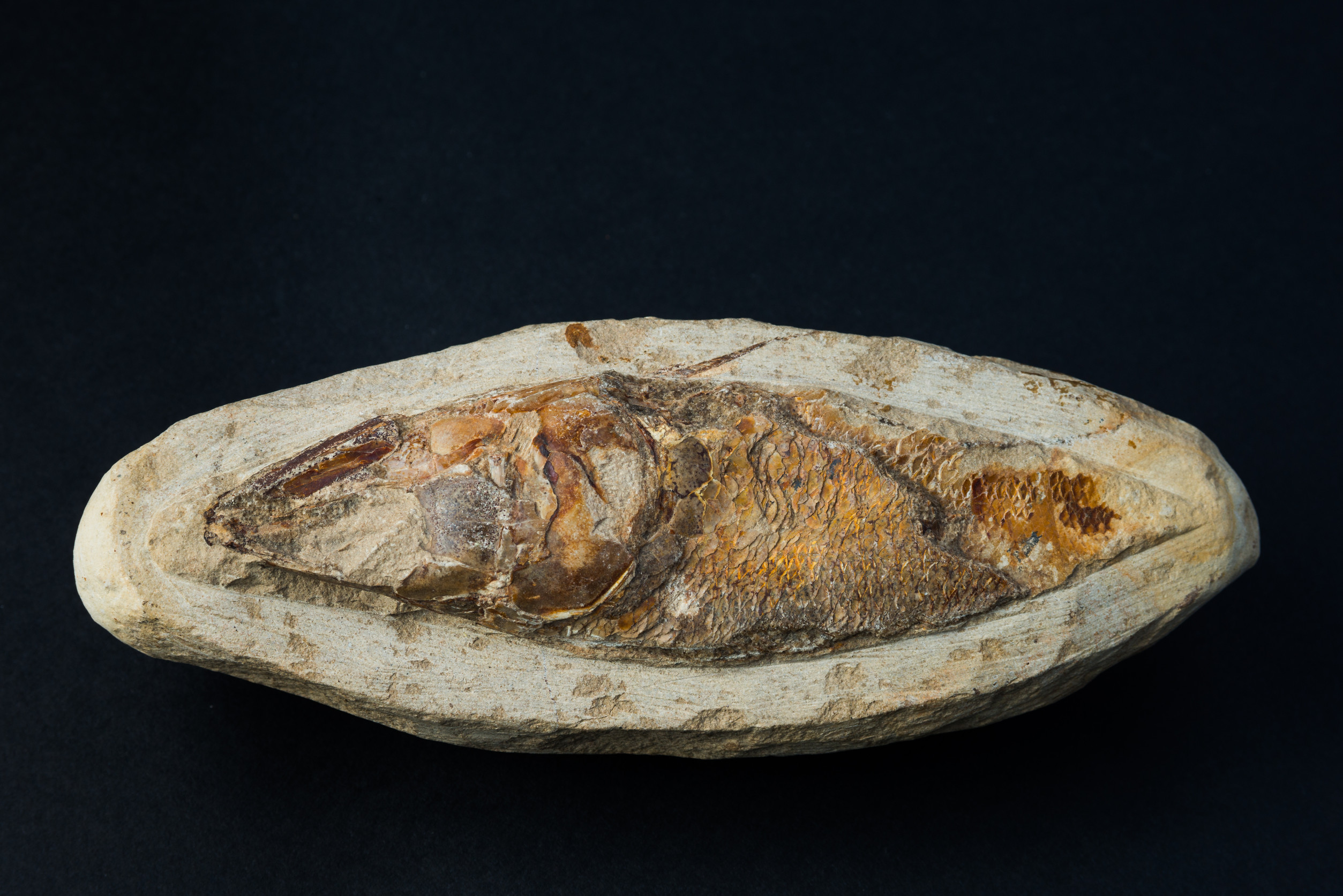When the members of the Hamilton Junior Naturalist Club headed out on a fossil-hunting expedition, they expected to find some interesting shells and perhaps bones, but what they didn’t expect was the shocking discovery of a previously undiscovered species of penguin.
Back in 2006, the students were in the Waikato region of New Zealand’s North Island when they stumbled upon the bones of a giant fossilized penguin. The club’s fossil expert, Chris Templer, recognized the fossil as significant and unprecedented, so the students came back to rescue the fossil from destruction at the hands of weather and waves.
The bones were brought to the Waikato Museum where researchers from Massey University in New Zealand and Bruce Museum in Connecticut analyzed the fossil and determined it to be an entirely new species.
Called the Kairuku waewaeroa, which is Māori for “long legs,” the fossil is between 27.3 and 34.6 million years old, a time when the region was largely covered in water. The ancient penguin stood about 1.4 meters tall.
The researchers published the discovery in the Journal of Vertebrate Paleontology and created a 3D replica of the fossil for the naturalist club to commemorate their find. Now, 15 years after the discovery, some of the students in the club have gone on to establish their own careers in the scientific field as botanists and conservationists.
Zoologist Daniel Thomas, one of the authors of the paper describing the find, told Treehugger, “Finding fossils near where we live reminds us that we share our environment with birds and other animals who are the descendants of lineages that reach back into deep time. We should act as kaitiaki (guardians) for these descendants, if we want to see these lineages continue into the future.”











